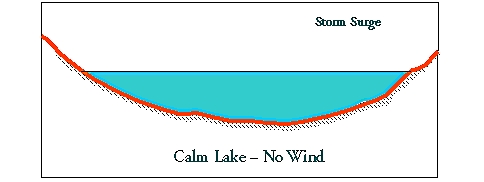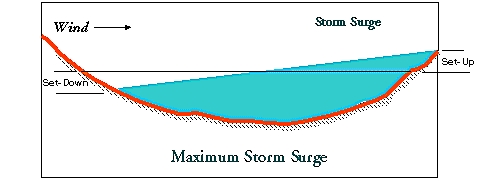I live in Michigan across the lake from Wisconsin. I’ll be there in August to sell a few copies of ClanDonnell at the Milwaukee Irish Festival.
I feel a strange connection to Milwaukee, and it has nothing to do with the city. It has to do with the movement of water in Lake Michigan. Lake Michigan and the Great Lakes are large enough to be affected by more than one weather system at the same time. A storm in Milwaukee or Chicago is often unnoticed in northern Michigan, and vice versa.
Except that the water notices! The technical term is seiche (pronounced “saysh”), but the untechnical term is bathtub effect. It works like a storm surge. Strong winds on one side of the lake push the water to the other side. When the wind stops, water rebounds, and continues to oscillate until back to its “normal”. It’s like the effect seen in a bathtub.

For the Great Lakes, this process can take hours, and even days. I walk our beach almost every day and I see the effect regularly. I don’t need a weatherman to know which way the wind blows.

The word seiche comes from a Swiss French dialect word meaning ‘to sway back and forth’. The Swiss earned the naming rights by noticing this in Lake Geneva.
The two diagrams above are from a Michigan State University course book for GEO 333, Geography of Michigan and the Great Lakes Region.

The formula on the left permits the calculation of the period of seiche. Don’t ask me what the various letters mean. I haven’t a clue.
